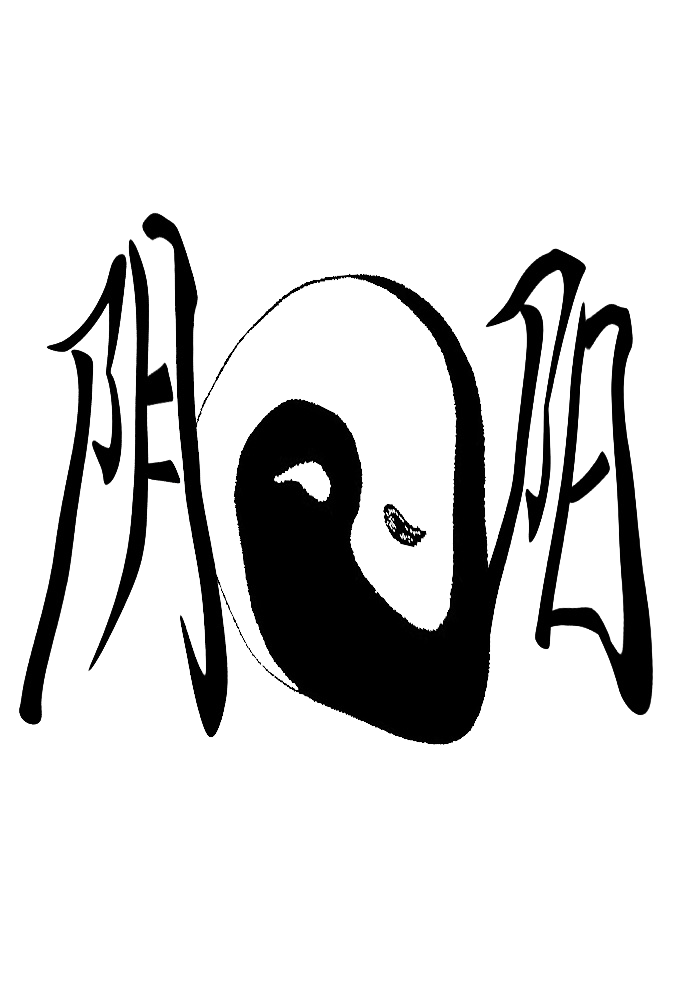Yin and Yang 阴阳
The quintessential foundation of Chinese Medicine and Chinese culture.
Author: Zoey Gong, Kai Yim
Reference: tcmwiki.com
People in ancient China held that the original state of the universe was “Qi” (chee); and that the motion and variation of “Qi” produced two poles known as "yin" and "yang," a process of transformation “to divide one into two.” Since all the things in the universe are produced through the motion and variation of Qi, everything and all things can be divided into the aspects of yin and yang, such as the earth and heaven, the night and day, water and fire, lower and upper, cold and heat as well as woman and man, etc.
The original meaning of yin and yang is simple and specific, mainly referring to the two sides facing and opposing the sun: things facing the sun pertain to yang, while the things opposite to the sun pertain to yin. In Chinese, "yang” 阳 means "sunshine" while "yin” 阴 means "shadow."
Later on, the basic meaning of yin and yang were abstracted to include a theory of extensive application. Generally speaking, the things and phenomena that bear the properties of being warm, bright, active, rising and dispersing pertain to yang; while the things and the phenomena that bear the properties of being cold, dim, static, descending and astringing pertain to yin.
However, the yin and yang properties of things are relative, not absolute.
1) Take spring and summer for example. It is relatively hotter in summer and cooler in spring, so summer pertains to yang and spring to yin. Take spring and winter for another example. It is relatively colder in winter and warmer in spring, so here, winter pertains to yin while spring pertains to yang.
2) Take daytime and night for example. Daytime pertains to yang while night to yin. However, daytime can be further divided into two phases: morning and afternoon. Since Yang-Qi ascends in the morning and descends in the afternoon, relatively, morning is more yang (yang within yang) than the afternoon (yin within yang).
The yin and yang aspects within an object or phenomenon are not simply arbitrary divisions. In fact they are in constant and complicated relationship. Such interactions between yin and yang give rise to the origination, development and change of things. The four basic relationships between yin and yang are:
1) Opposition of Yin and Yang: Since yin and yang are opposite to each other in nature, they constantly repel and restrain each other.
2) Interdependence Between Yin and Yang: In conception, yin and yang must exist in pair and no side can exist independently.
3) Mutual Consumption of Yin and Yang: This is also called the “waning and waxing between yin and yang,” which implies that, in the interaction between yin and yang, one side is developing while the other side is declining and vice versa.
4) Mutual Transformation between Yin and Yang: If yin or yang wanes or waxes to the extreme point, it will transmute into the opposite. That means yin will change into yang and yang into yin. Think that water (yin) can turn into ice (yang).


